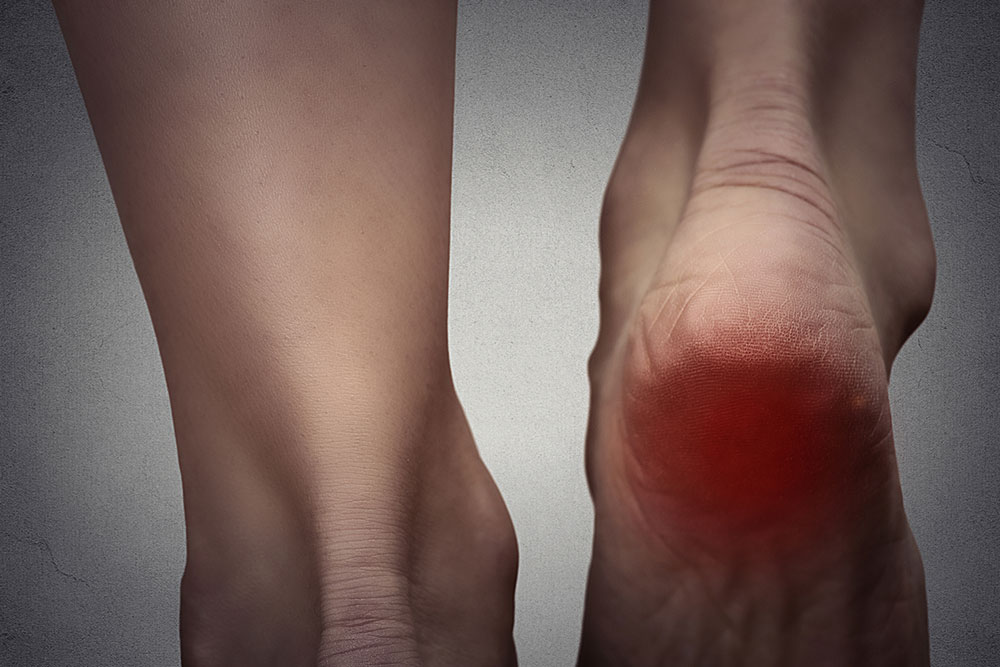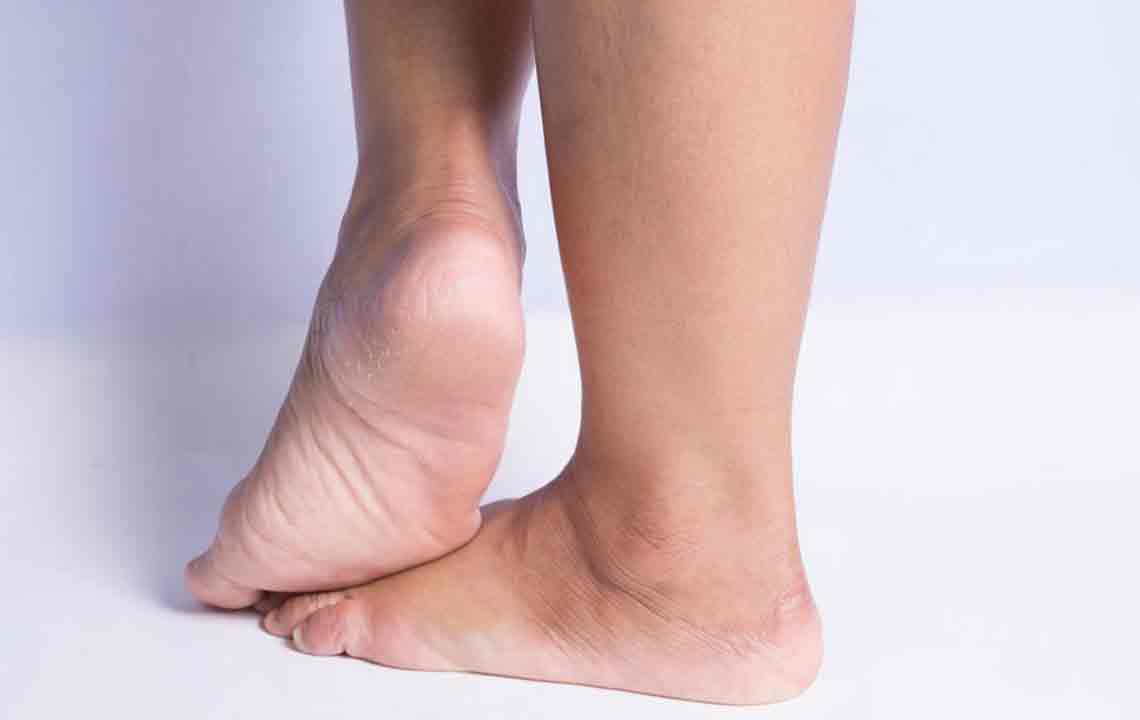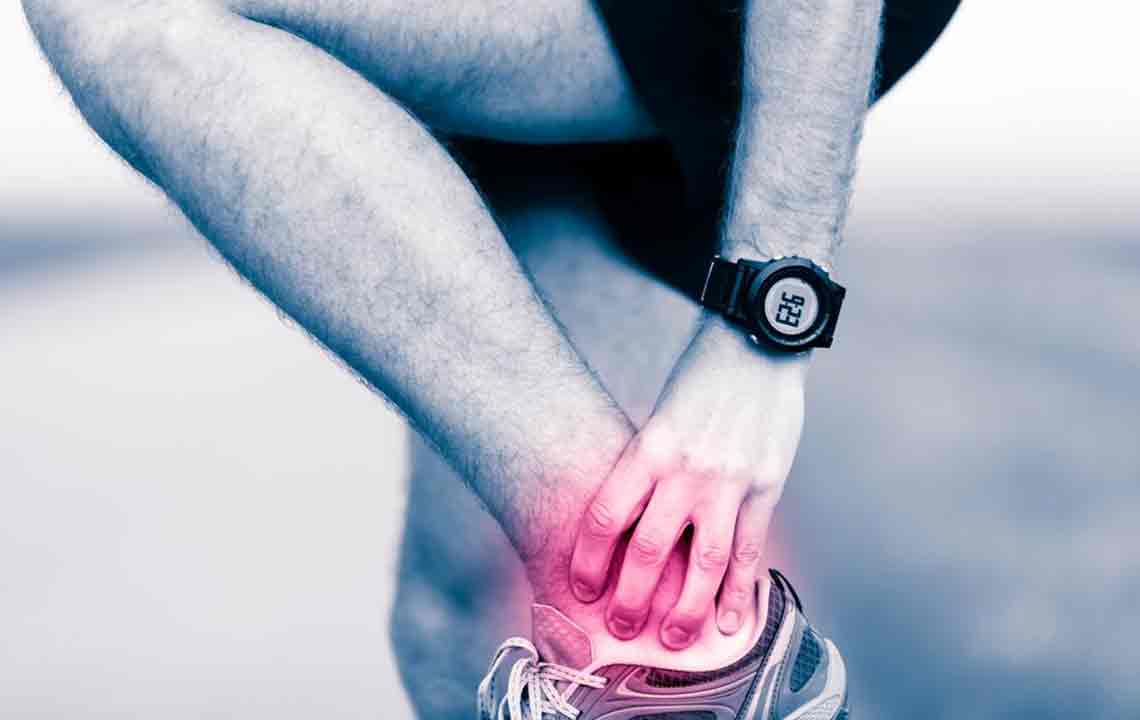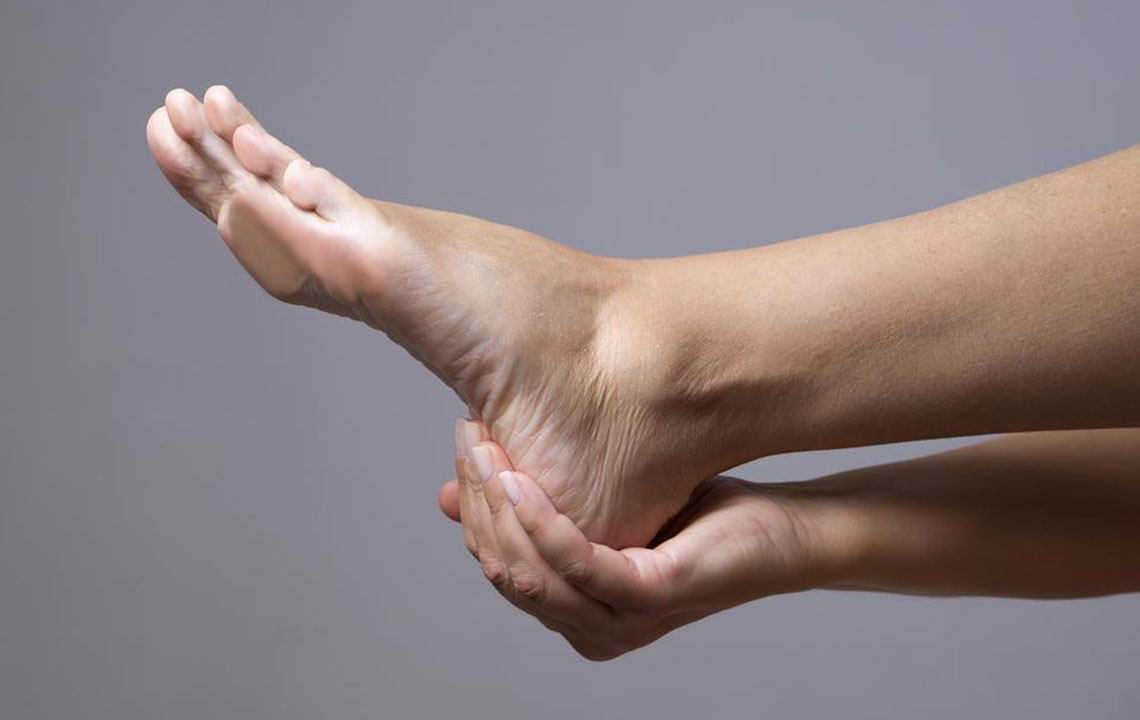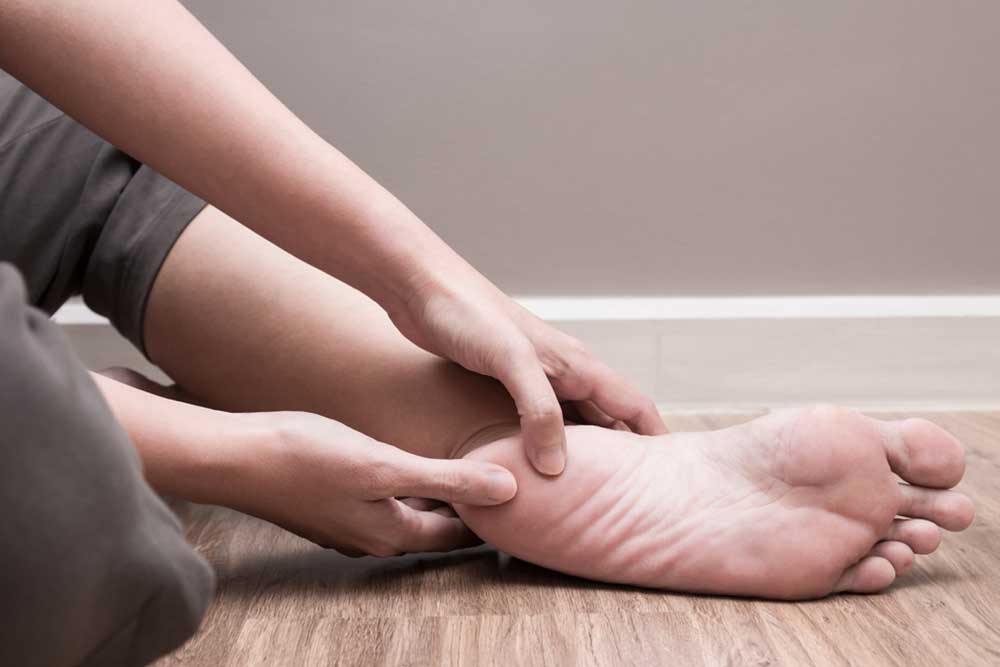Understanding Common Foot Pain Causes and Remedies
Discover common causes of foot pain including heel spurs, bunions, and plantar fasciitis. Learn effective management strategies like supportive footwear and professional consultations to prevent complications and improve comfort. Early diagnosis and proper care are key to maintaining healthy feet and mobility.
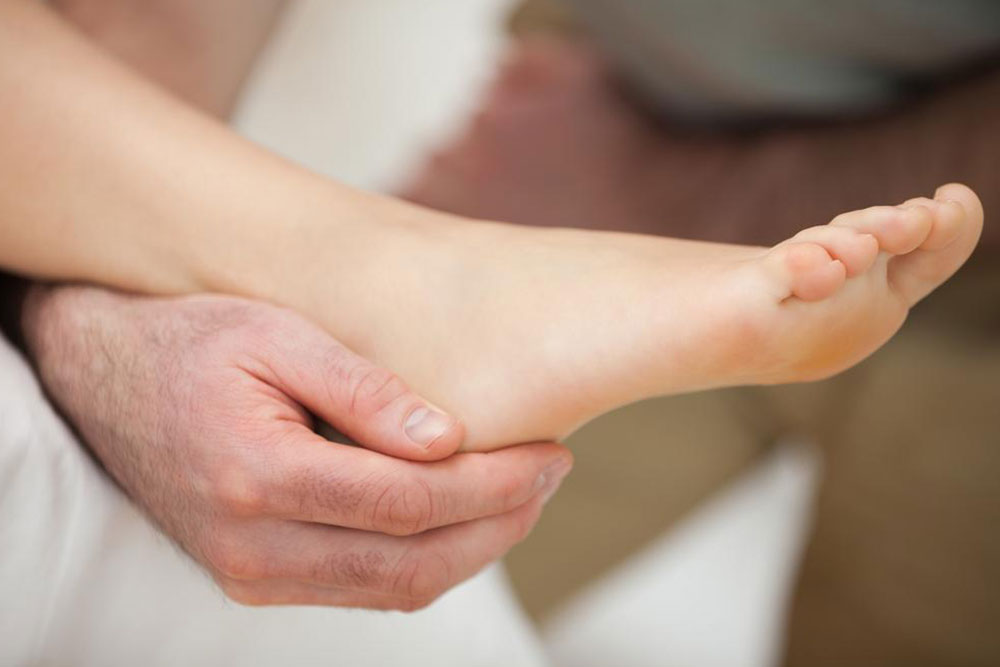
Understanding Common Causes of Foot Discomfort
Occasional foot pain is typical, but persistent soreness often indicates underlying issues. Common causes include overexertion, which causes temporary discomfort, and more serious conditions like plantar fasciitis, heel spurs, and bunions. Heel spurs frequently accompany plantar fasciitis and can cause significant pain, especially when walking or standing for extended periods. Treating these conditions involves wearing supportive shoes and consulting a healthcare professional if pain persists. Recognizing symptoms early and choosing appropriate footwear can prevent further complications and improve comfort.
Heel spurs, which are bony projections on the heel, often cause intense discomfort. They result from calcium buildup and may require custom orthotics or medical intervention. Bunions, painful bony bumps at the big toe joint caused by misaligned bones under pressure, can make walking difficult. Avoid narrow shoes and high heels to prevent aggravation. Plantar fasciitis causes stabbing pain at the bottom of the foot, especially in the morning, often linked with heel spurs. Other issues like Achilles tendinitis, bursitis, Morton’s neuroma, and osteoarthritis can also cause foot pain, necessitating prompt medical care.
Wearing supportive shoes, avoiding excessive strain, and consulting healthcare providers are key strategies for managing foot discomfort. Proper footwear with cushioning and adequate space can significantly reduce pain and prevent worsening conditions. If experiencing continual foot pain, seek medical attention promptly to address the issue effectively and protect overall foot health.
Remember, early treatment and preventive measures are vital. Avoid wearing high heels or tight shoes, and opt for comfortable footwear suited to your foot structure. Regularly monitor symptoms and consult a specialist if pain persists. Acting early can help avoid complications and preserve mobility and quality of life.

